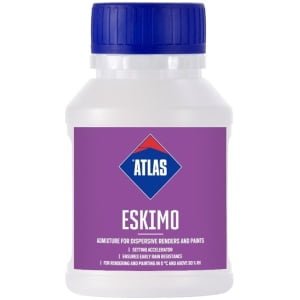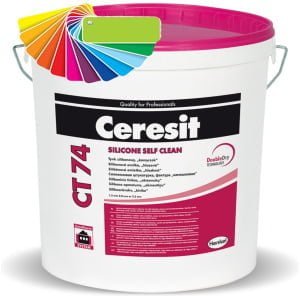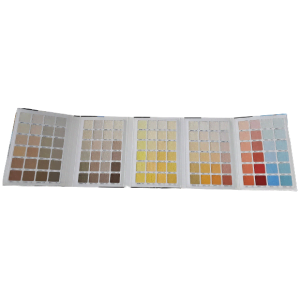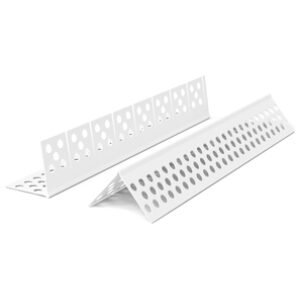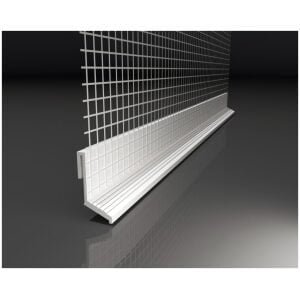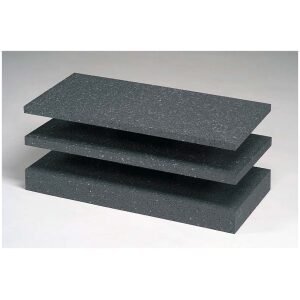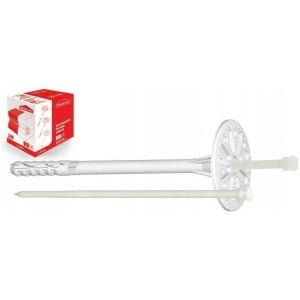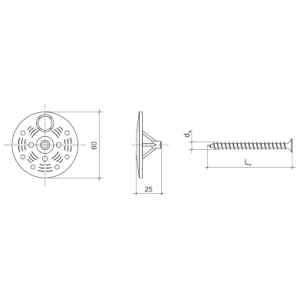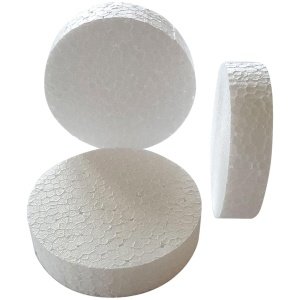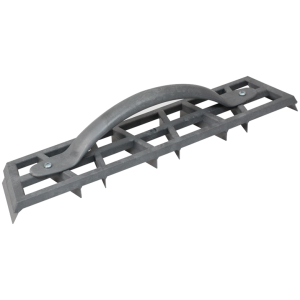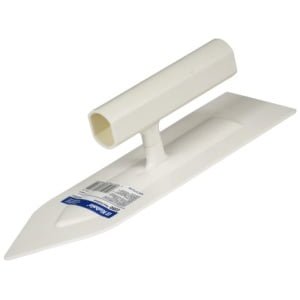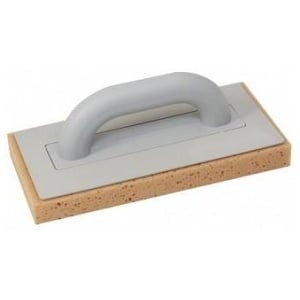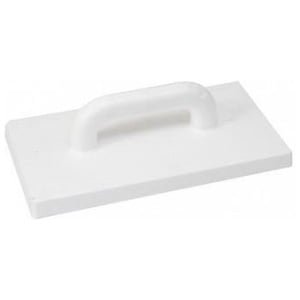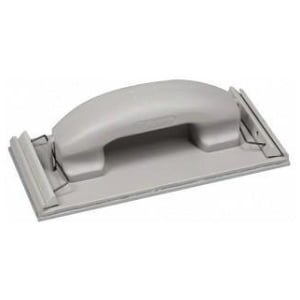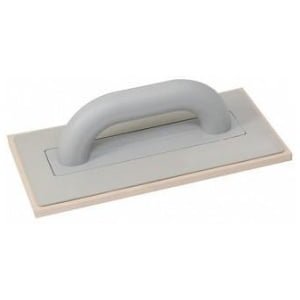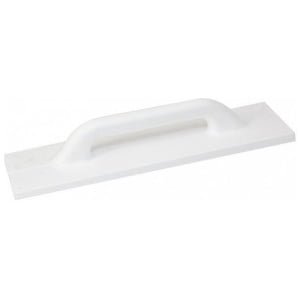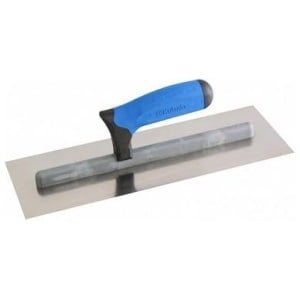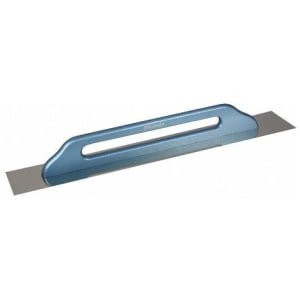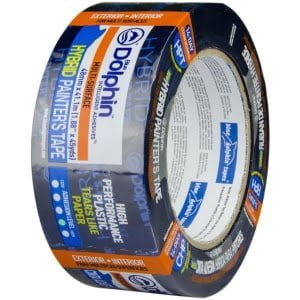External wall insulation is a cost-effective and energy-efficient way to improve the thermal performance of your home. It involves attaching a layer of insulation material to the exterior walls of a building, which can significantly reduce heat loss and lower energy bills.
There are several types of external wall insulation systems available on the market, each with their own unique advantages and disadvantages. The most common types of external wall insulation include:
Heat insulation systems
Mineral wool insulation – This type of insulation is made from rock or slag and is known for its high thermal performance and fire resistance. It is also a good choice for homes with damp or humid conditions.
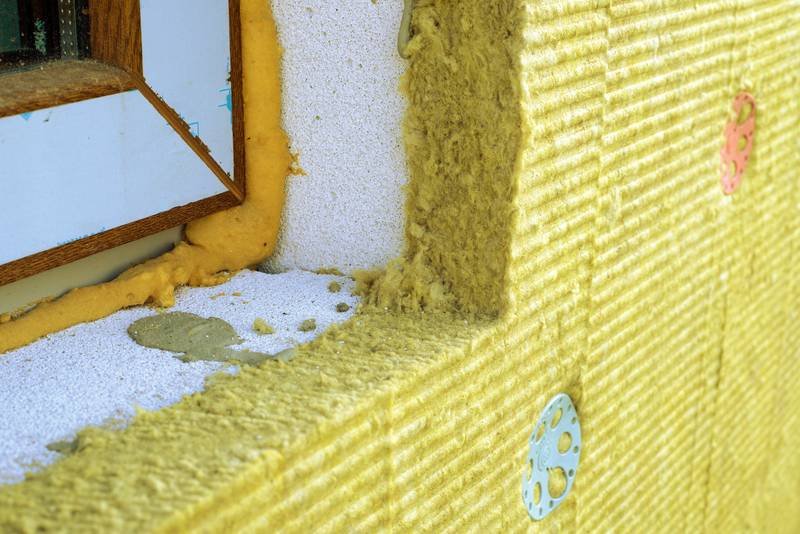
Polystyrene insulation – This type of insulation is made from small beads of polystyrene, which are expanded and then glued together. It is lightweight and easy to install, making it a popular choice for DIY projects.
Mineral wool insulation is a popular choice for external wall insulation because of its high thermal performance and fire resistance properties. It is made from rock or slag, and is typically available in the form of batts, rolls, or boards.
One of the main advantages of mineral wool insulation is that it can withstand high temperatures without losing its insulating properties. This makes it a great choice for homes in areas at risk of fire. In addition, mineral wool insulation is also resistant to moisture and mold, making it a good choice for homes in damp or humid climates.
Polyurethane insulation – This type of insulation is made from a mixture of polyurethane foam and a blowing agent. It is known for its excellent thermal performance and low thermal conductivity. It also has good air tightness and can help to improve indoor air quality.
Polyurethane insulation is a type of insulation that is made from a mixture of polyurethane foam and a blowing agent. It is known for its excellent thermal performance and low thermal conductivity, making it a popular choice for external wall insulation.
One of the main advantages of polyurethane insulation is its high R-value, which measures the insulation’s ability to resist heat flow. This means that it can keep a building warm in the winter and cool in the summer, helping to reduce energy costs. Polyurethane insulation also has a high level of air tightness, which can help to improve indoor air quality and reduce drafts.
Phenolic insulation – This type of insulation is made from phenolic foam, which is made from phenol and formaldehyde. It is known for its excellent thermal performance and high fire resistance. It is also resistant to water and moisture, making it a great choice for homes in damp or humid conditions.
External wall insulation – what is important
When choosing an external wall insulation system, it is important to consider factors such as cost, thermal performance, fire resistance, and moisture resistance. It is also important to choose a reputable and experienced installer to ensure that the insulation is installed correctly and to a high standard.




















